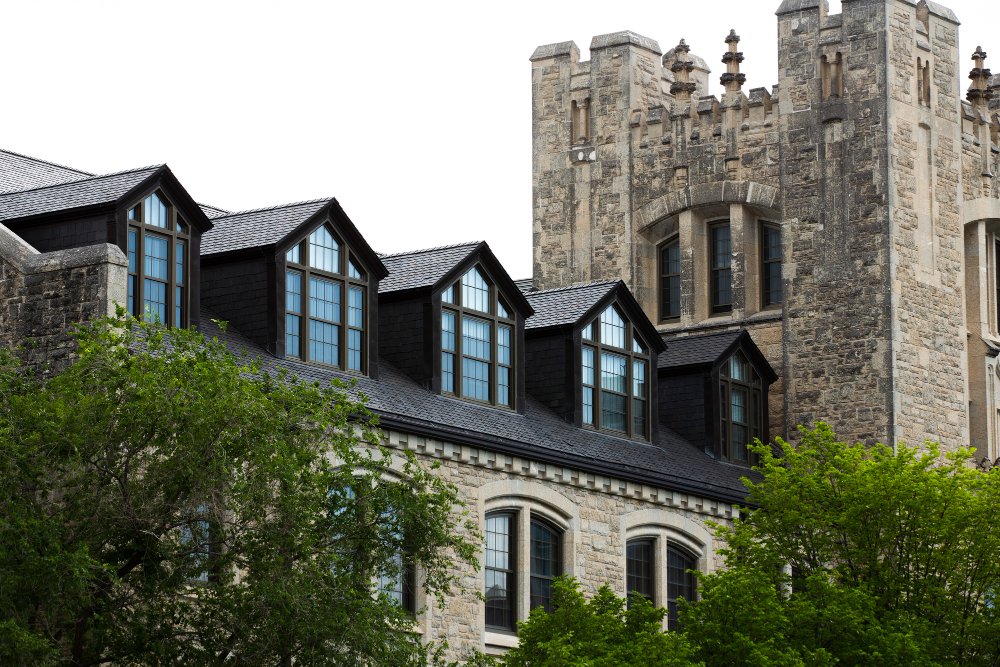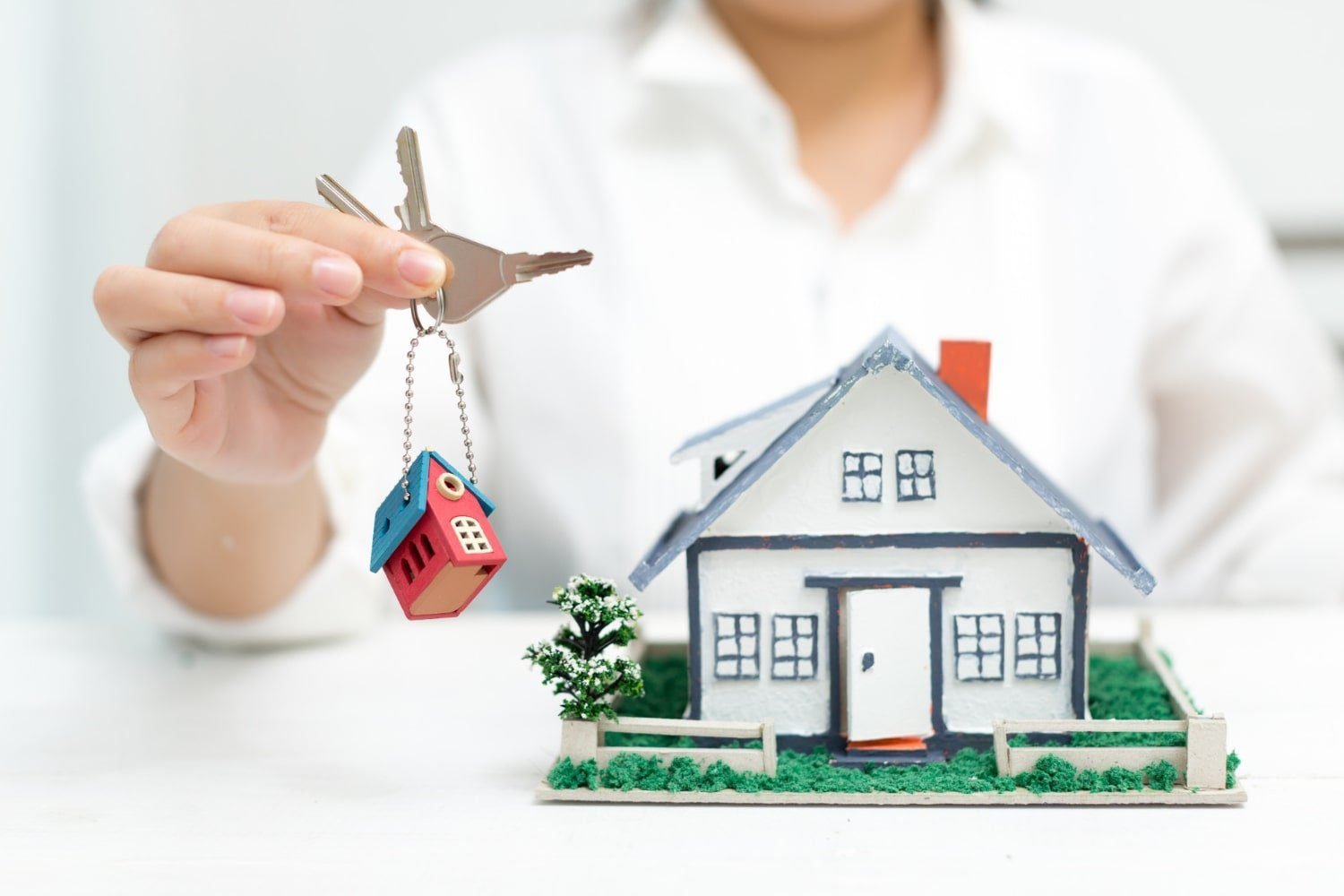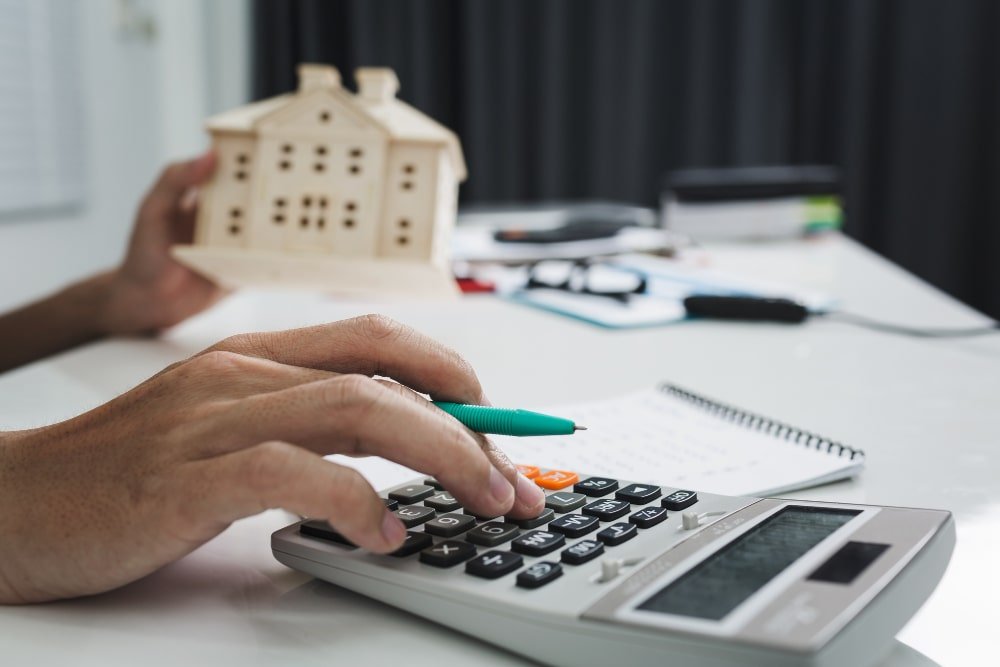How to Reduce Your Tax Bill with Capital Allowances
Paying a substantial amount of your business profits can be very annoying, but there is a way to save money on taxes with the help of Capital Allowances.
Capital Allowances are the deductions that a business can claim for certain expenditures that a business makes, including machinery, equipment, and vehicles.
Who Can Claim Capital Allowances?
While Capital Allowances can be claimed to reduce your tax burden, a few criteria need to be met:
- The property owner must be a UK taxpayer, whether it be an individual, partnership or company.
- The property must be a commercial property
What Assets Qualify for Capital Allowances?
Capital Allowances can usually be claimed only on capital expenditure, which are items used in property businesses, more commonly known as “plant and machinery”. Some qualifying properties and qualifying expenditures are listed below:
Qualifying Properties:
- Offices
- Retail and shopping centres
- Restaurants
- Hotels
- Rental Properties- Apartments and Houses
Qualifying Expenditure:
- Heating Systems
- Lighting Systems
- Air conditioning units
- Lift
- External Solar Shading
What Types of Capital Allowances Are Available?
For a property business, there are different types of capital allowances that can be met, each with its own specific rules and requirements. The different types of capital allowances are as follows:
- Annual Investment Allowance (AIA)
- Writing-Down Allowance (WDA)
- 100% First Year Allowance (FYA)
- Structure and Building Allowance (SBAs)
- Super-Deduction
- Full Expensing
- 50% First Year Allowance (50% FYA)
We hope this helps. If you want to learn more about Capital Allowances, you can visit the complete guide.




